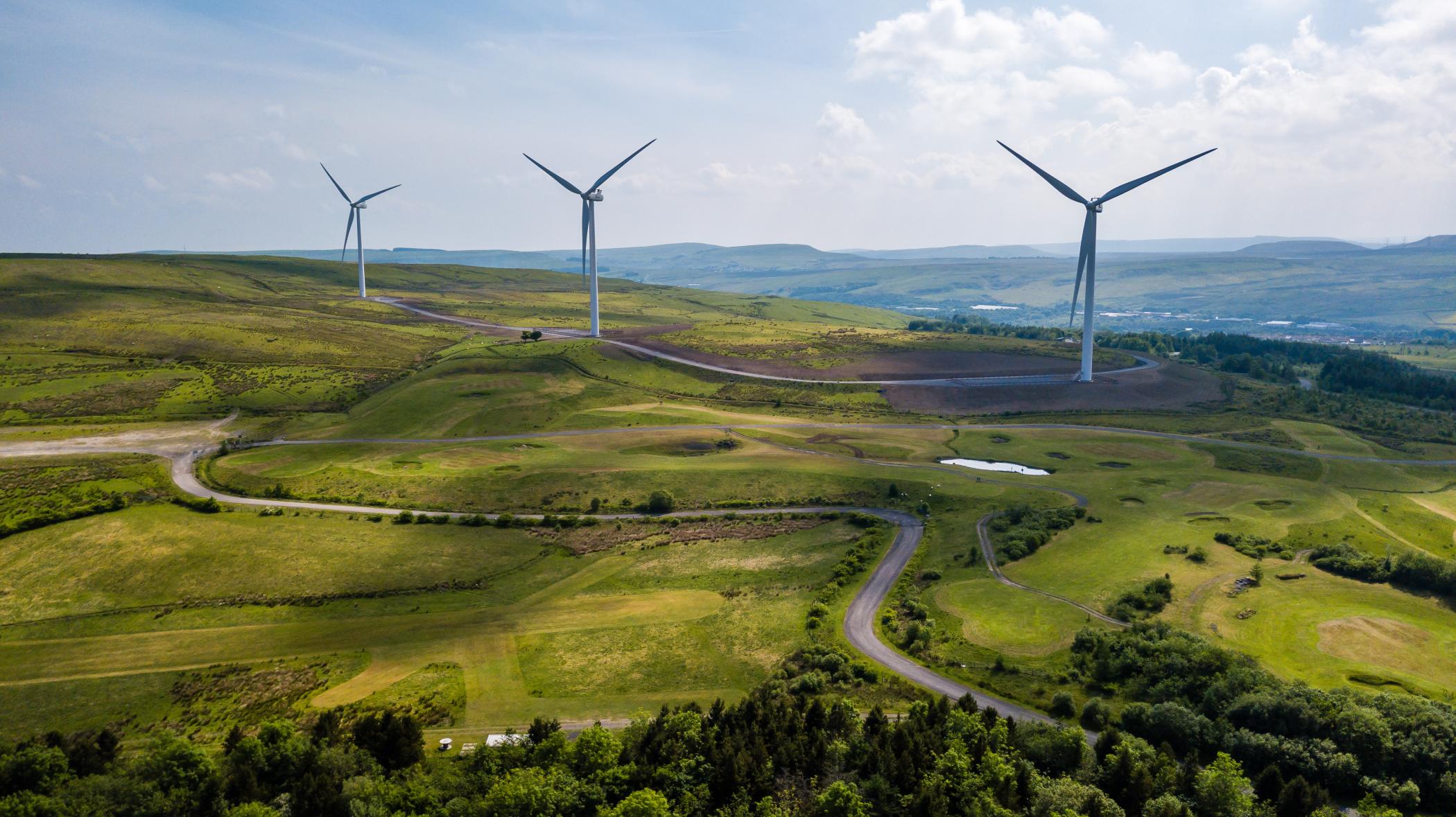Britain’s energy demand could be met entirely by wind and solar, shows Smith School analysis

A new policy brief published by the Smith School of Enterprise and the Environment demonstrates how Britain’s energy needs could be met entirely by wind and solar.
The analysis shows that wind and solar can provide up to 2,896 TWh a year – significantly more than the highest 2050 total energy demand forecasts (1,500 TWh/year) and nearly ten times current electricity demand (299 TWh/year).
These estimates are intentionally conservative, accounting for common concerns around land use and the visibility of installations, say the authors.
In the analysis, offshore wind produces the bulk of the energy, 73% (2,121 TWh/year). Onshore wind contributes around 7% (206 TWh/year), while taking up only 0.07% of the country’s land. By comparison, 0.9% of English land is used for mining and quarrying.
Utility-scale solar contributes around 19% (544 TWh/year), and the rest is made up by rooftop solar, covering 8% of GB’s roof area (25 TWh/year).
The authors note that the grid will need significant upgrades to handle this amount of renewable energy, including the scaling of energy storage. But, with an eye to quickly falling costs, they believe these challenges can be overcome with investment and policy support.
“This is a question of ambition rather than technical feasibility” affirms lead author Dr Brian O’Callaghan. “The UK is already lagging in the global green race. Instead of hitting reverse, we should be turbocharging on renewables with US-style incentives and gearing up our grid for the surge that is already underway.”
As part of a controversial set of policy changes announced last week, Prime Minister Rishi Sunak pledged to end bureaucratic delays holding back renewable energy and storage projects.
Cameron Hepburn, Battcock Professor of Environmental Economics at the Smith School of Enterprise and the Environment, University of Oxford, comments:
“Initiatives to speed up renewable projects were the silver lining in an unfortunately poor set of policy announcements from the government this week. Our brief shows that renewable energy can play a leading role in our transition to net zero. While it’s likely that nuclear power and other renewables will also have a part to play, our analysis finds that it’s entirely possible to power Great Britain on wind and solar alone.”
“But we can’t rely on this to reduce emissions – moving to EVs, for example, was expected to deliver significant carbon savings of 23MtCO2e per year on average between 2033-2038. We need to use every tool at our disposal to reach net zero.”



